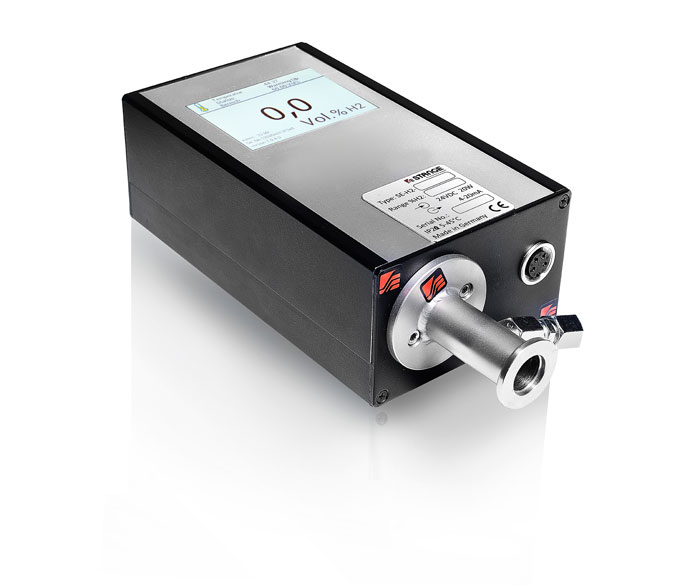Hydrogen Sensor Technology: A Key Component in Battery Room Safety
Hydrogen is widely used in many industries, including the battery manufacturing industry. It is an essential component in the production of batteries, but it can also pose serious safety risks if not handled properly. One of the key factors in ensuring the safety of battery rooms is the use of hydrogen sensor technology. Hydrogen sensors play a crucial role in detecting the presence of hydrogen gas in battery rooms and triggering appropriate safety measures to prevent accidents and protect personnel and property.

Image Source: Google
Understanding Hydrogen Gas Hazards
Hydrogen gas is highly flammable and can quickly ignite when it comes into contact with an ignition source. It has a wide flammability range, meaning that it can ignite and burn in a wide range of concentrations with air. Even a small concentration of hydrogen gas in the air can create a highly explosive atmosphere.
The Role of Hydrogen Sensors
Hydrogen sensors are designed to detect the presence of hydrogen gas in the air and provide early warning of potential hazards. They are typically installed in battery rooms and other areas where hydrogen gas may be present. These sensors continuously monitor the air for the presence of hydrogen gas and trigger an alarm or activate safety measures when the gas concentration reaches a predefined level.
Electrochemical Sensors
Electrochemical sensors are one of the most common types of hydrogen sensors used in battery rooms. They utilize a chemical reaction between hydrogen gas and an electrolyte to generate an electrical signal, which is then measured and used to determine the hydrogen gas concentration.